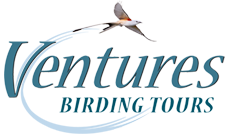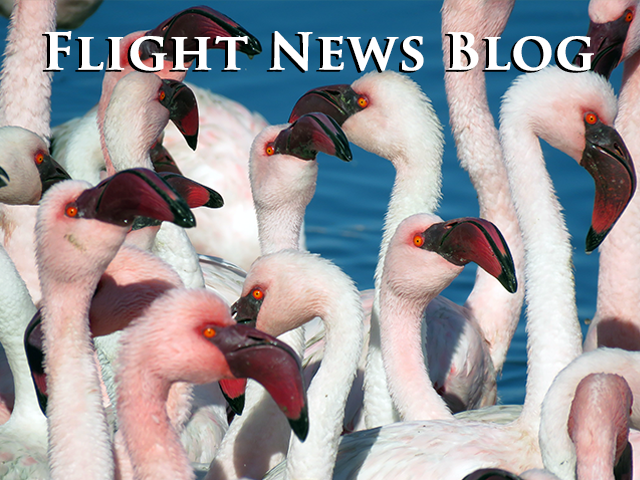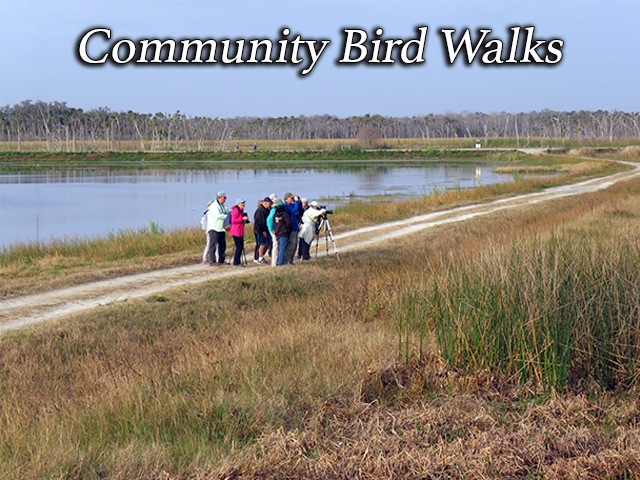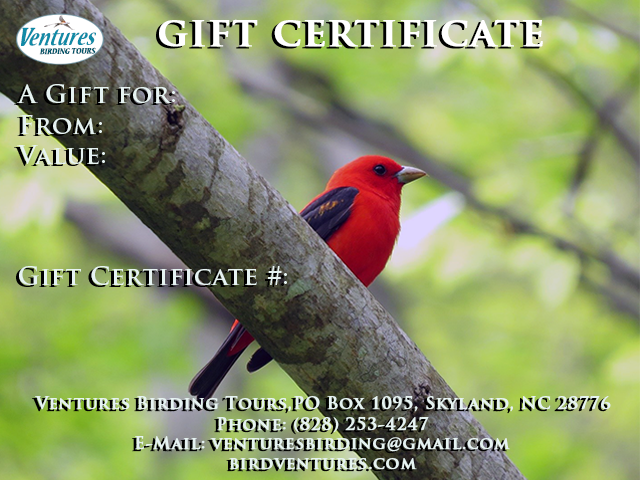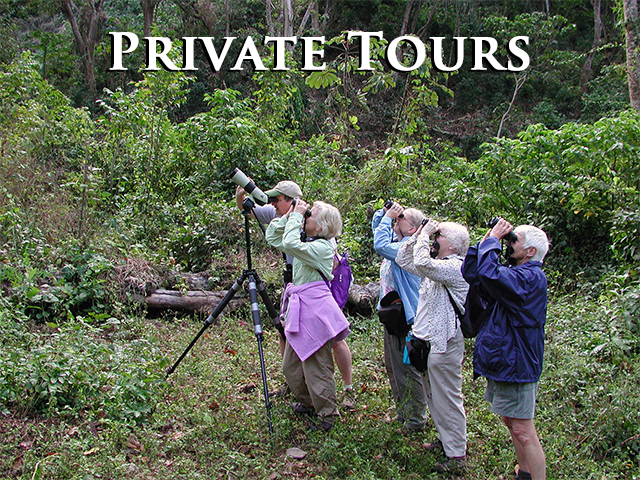Road Trip Birding
Southeastern NC Hotspots
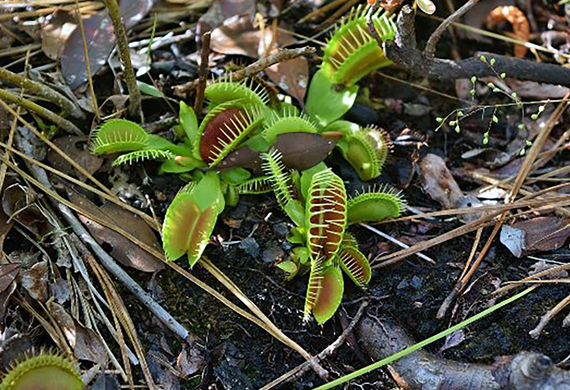
Rails, Sparrows,
& Carnivorous Plants
April 28 – May 3, 2021
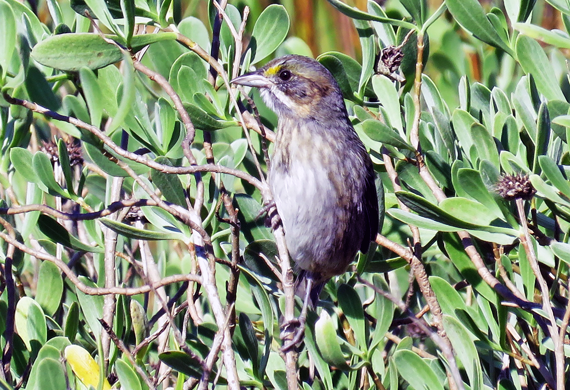
.png)
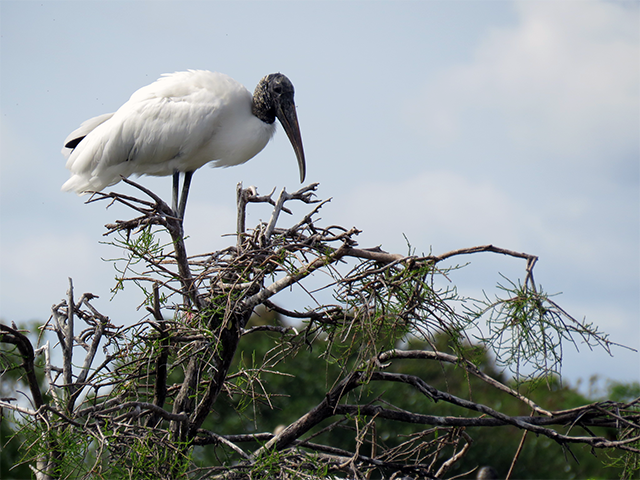
.png)
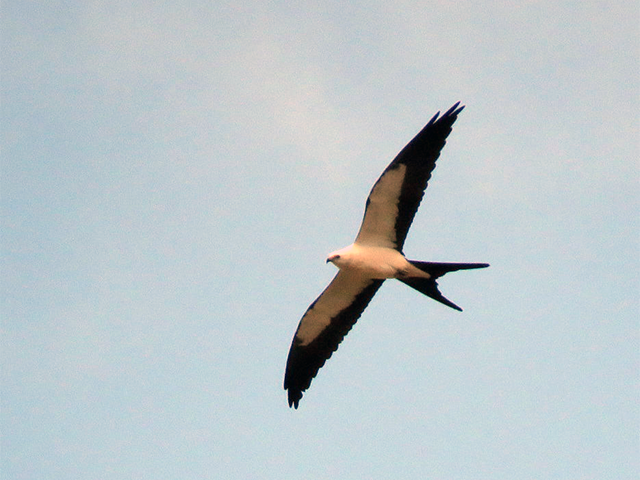
Your place on this Venture is reserved when your completed registration form and deposit of $300/person has been received. Deposit may be made via the ‘book now’ button above, or by contacting the Ventures office. We accept credit cards for an additional fee (2.9% for MC, Visa, Discover; 3.9% for AmEx), but you may also pay by bank transfer, cash, check, or money order (payable to ‘VENTURES BIRDING’) sent to PO Box 1095, Skyland, NC 28776. This Venture is limited to 8 participants.
Cost of the Southeastern NC Road Trip: $1,695 per person from Asheville, based on double occupancy; $380 Single Supplement Price includes: All accommodations, all meals, entry fees, taxes, trip packets, birdlist & guide/leader service. Not included: Transportation, alcoholic beverages, gratuities, laundry and other items of a personal nature
This new 6-day road trip explores the best hotspots of Southeastern NC in spring and focuses on finding a number of endangered, threatened, rare or otherwise hard-to-see species in the state, from Red-cockaded Woodpecker, Bachman’s & Henslow’s Sparrows to King & Black Rails, and more!
Southeastern North Carolina offers excellent birding year-round, from its coastline dotted with barrier islands and marshes to the fascinating pine savannas and unique pocosin wetlands, where several endemic carnivorous plants reside, including the incredible Venus Fly Trap. The nearby Cape Fear River and its associated hardwood swamps, along with woodland dominated by majestic moss-draped live oaks, add yet more birding opportunities that are absolutely not-to-be-missed!
Spring is a wonderful time to visit the ecologically rich region and the birding highlights of this 6-day road trip will be many. The beaches and barrier islands host hordes of nesting waterbirds such as Least & Common Terns, Black Skimmer, and more. Migratory shorebirds sporting breeding plumage will be plentiful and we have good chances for Red Knot and Piping Plover, both declining species, in amongst more common denizens. In the pine savannas we will of course pay special attention to finding the federally endangered Red-cockaded Woodpecker plus Bachman’s Sparrow, and as an added treat we will seek out a few of the pitcher plants, flytraps, and sundews that have evolved to grow in this specialized habitat. Wood Storks and Swallow-tailed Kites have both increased in number in the region over the last decade and are findable along the Cape Fear. With migration nearing its peak and breeding activity ramping up, we can expect a colorful array of songbirds awaiting us in the myriad habitats, including such showstoppers as Prothonotary and Prairie Warblers, Blue Grosbeak, Orchard Oriole, and the incomparable Painted Bunting. Last but certainly not least, we will spend ample time in the appropriate marsh habitats looking for all the possible rails (especially Black & King) and all 3 marsh sparrows (Seaside, Saltmarsh, and Nelson’s) before visiting the state’s largest breeding population of Henslow’s Sparrow, one of the rarest sparrows in North America.
Join Wilmington native Aaron on this fun tour to his old stomping grounds and to some of the top hotspots in the region!
Some of the Birds We Hope to See
Surf, White-winged, & Black Scoters; Red-breasted Merganser; Common Nighthawk, Chuck-will’s-widow, and Eastern Whippoorwill; Sora, King, Clapper, Virginia, and Black Rails; American Oystercatcher; Black-bellied, Wilson’s, & Piping Plovers; Whimbrel; Marbled Godwit; Red Knot; Purple Sandpiper; Short-billed Dowitcher; Great & Lesser Black-backed Gulls; Least, Gull-billed, Common, Caspian, Royal & Sandwich Terns; Black Skimmer; Red-throated & Common Loons; Wood Stork; Anhinga; Great & Double-crested Cormorants; Little Blue & Tricolored Herons; Black-crowned & Yellow-crowned Night-Heron; Glossy & White Ibis; Swallow-tailed & Mississippi Kites; Northern Harrier; Bald Eagle; Barn, Barred, Great Horned, & Eastern Screech-Owls; Red-headed & Red-cockaded Woodpeckers; Merlin; Loggerhead Shrike; Sedge & Marsh Wrens; Bachman’s, Seaside, Saltmarsh, Nelson’s, Henslow’s, and Savannah Sparrows; Yellow-breasted Chat; Orchard & Baltimore Orioles; ~ 20 species of warblers including Worm-eating, Hooded, Prothonotary, Swainson’s, Prairie, Black-and-white, Northern Parula; Summer Tanager; Indigo & Painted Buntings
